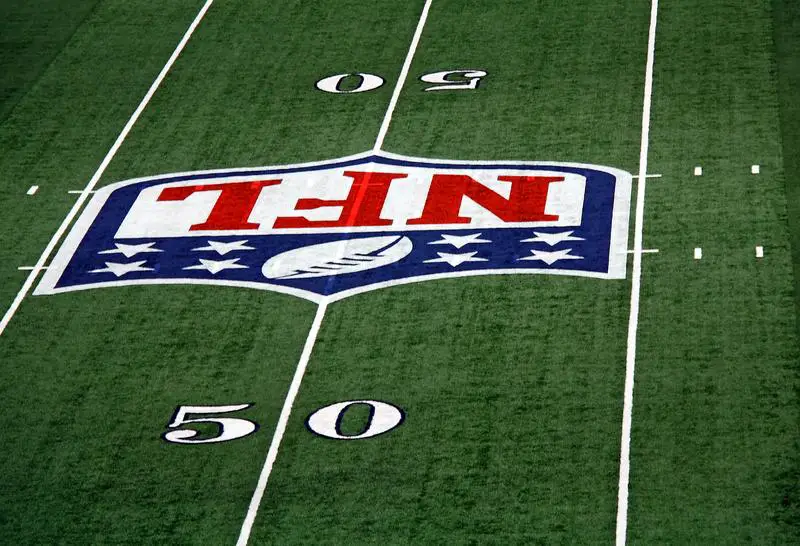On October 8, Pat Fischer, the former All-Pro cornerback and standout NFL defensive player, sadly passed away at the age of 84. Fischer’s legacy, marked by his 17-season career with the St. Louis Cardinals and Washington Redskins, now known as the Commanders, is one of resilience, toughness, and innovative play. It has been reported that Fischer had dementia in his later life, but the cause of his death has not been publicly stated.
In 1961, Fischer was selected by the St. Louis Cardinals in the 17th round of the draft, kick-starting his NFL career. Despite his small stature—listed at 5-foot-9 and 170 pounds—Fischer would prove his worth on the field and leave a significant impact on the game. Known for playing larger than his size, he became one of the most aggressive and physical cornerbacks in the league, which facilitated his success in a league filled with much larger players.
Fischer built a reputation as a fierce competitor during his seven seasons with the Cardinals. His standout season was in 1964 when he earned first-team All-Pro honors and a Pro Bowl selection. He replicated this achievement in 1965 and 1969. Fischer’s play was characterized by his ability to cover some of the game’s most talented wide receivers and his readiness to engage in physical skirmishes with them, despite being physically outsized—most notably in his matchups with Harold Carmichael, the 6-foot-7 Philadelphia Eagles wide receiver.
Fischer’s tenacity and technique often offset Carmichael’s size advantage, proving that heart and determination can overcome physical constraints.
Fischer was one of the first to adopt the “bump-and-run” technique, a strategy whereby a cornerback disrupts a receiver’s route by initiating contact at the line of scrimmage. Although others also receive recognition for this move, Fischer’s contribution to its development is evident.
His capacity to disrupt opposing offenses was key to his success and longevity in the NFL. Fischer admitted that mastering the technique took time, but once he did, it became a defining element of his game.
After his stint with the Cardinals, Fischer joined the Washington Redskins in 1968, starting a decade-long, successful run with the franchise. His free-agent signing was subject to the Rozelle Rule, which stipulated compensation for teams that lost players. Consequently, the Cardinals received a second-round pick in 1969 and a third-round pick in 1970.
During his ten years in Washington, Fischer became a key part of the defense under head coach George Allen. Together with teammates like Mike Bass, Ken Houston, and Brig Owens, he helped shape Washington’s defense into one of the league’s toughest.
Fischer racked up 56 career interceptions, placing him among the top defensive backs in terms of interceptions and return yardage for the franchise.
One memorable moment in Fischer’s career was during a controversial 1975 game against his former team, the Cardinals. Late in the game, with Washington holding onto a lead, Fischer delivered a hard hit to St. Louis receiver Mel Gray in the end zone, causing him to drop the ball.
However, following a lengthy review, officials ruled the play a touchdown, leading to a Cardinals victory in overtime. The play, known as “The Phantom Catch,” marked a turning point in Washington’s season, which ended without a playoff appearance.
Fischer retired from football after the 1977 season due to a back injury. That same year, the NFL honored him with the George Halas Award, given to the player, coach, or staff member who overcomes the most adversity to succeed. Despite his career-ending injury, Fischer’s legacy as one of the game’s toughest and most durable players remains intact.
After retiring from football, Fischer settled in Ashburn, Virginia, and ventured into real estate and stockbroking. He was an active community member and regularly attended Washington team events. Fischer was inducted into Washington’s Ring of Fame and was named one of the franchise’s 80 greatest players.
Fischer is survived by his two children, Allison Shannon and Martin Fischer, along with six grandchildren. His contributions to football, particularly in Washington, have left a lasting imprint on the sport, and he remains a cherished figure in the team’s history.


